Let’s Manage the Arctic Fisheries Properly
t is time to create a multilateral Arctic fisheries management plan before a moratorium on fishing in Arctic high seas sunsets in 2037. We have an opportunity to get this right, but not for long. Signatories to the 2021 moratorium include Canada,…
Brazil to make first expedition to the Arctic Circle as part of unprecedented research
Brazil has decided to send an expedition to the Arctic. Planned for 12 July, Operation Arctic I involves a nine-day trip by five Brazilian researchers from different universities to Longyearbyen, the capital of Spitsbergen (Svalbard), located beyond the Arctic Circle….
Mining the Arctic’s critical minerals is vital for Canada’s sovereignty, Northern prosperity
Sean Boyd is executive chair of the board of Agnico Eagle Mines Ltd. Canada launched a new Arctic and Northern Policy Framework in 2019, supported by $700-million in dedicated funding. It correctly calls on all of Canada to strengthen our…
Sami turn down participation in Lapland wind power survey
The Sami Parliament in Finland rejected participation in a Lapland wind power study saying the body does not participate in projects that promote the idea of wind energy in their homeland. “The green transition is very important to the Sami,…
Too Late to Save Arctic Summer Ice, New Study Finds
This story includes details on the impacts of climate change that may be difficult for some readers. If you are feeling overwhelmed by this crisis situation here is a list of resources on how to cope with fears and feelings about the…
The Northern Sea Route in 2023
Data from the Northern Sea Route General Administration web site about the current positions of ships voyaging along the Northern Sea Route reveal that the liquified natural gas carrier Fedor Litke is currently following the icebreaker Sibir through the East…
The Handbook of the Arctic
The Handbook of the Arctic. A Broad and Comprehensive Overview. The book, edited by Egor V. Pak, Artem I. Krivtsov, Natalia S. Zagrebelnaya MGIMO University, Moscow, Russia, has recently been published and is now available by Springer. It provides a comprehensive, critical and multidimensional…
Arctic and Northern Challenge program
The Arctic and Northern Challenge program aims to address pressing issues impacting the quality of life of Northern peoples. The program is committed to prioritizing Northern-led research projects that have a strong focus on Northern capacity building. By providing both…
International experts convene to discuss pressing environmental issues in the High North
On May 12, McGill University co-hosted the final day of the Arctic Frontiers Summit in collaboration with the Royal Norwegian Embassy and Arctic Frontiers. Over 60 participants, including representatives from the governments of Canada, Norway, and Quebec, as well as McGill faculty,…
UK launch new Arctic and Antarctic expeditions
The UK Polar Network and Clean Planet Foundation, with polar explorer Antony Jinman, have launched Science Expedition for young polar researchers. The UK Polar Network and Clean Planet Foundation have launched an Arctic and Antarctic Science Expedition. Antony Jinman is…


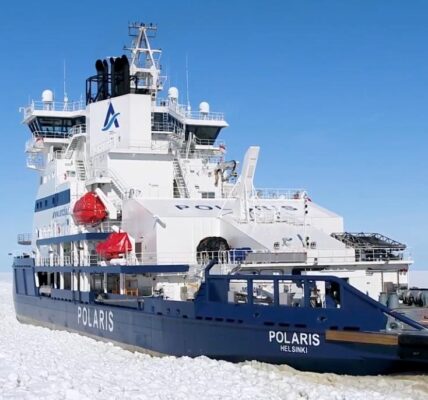
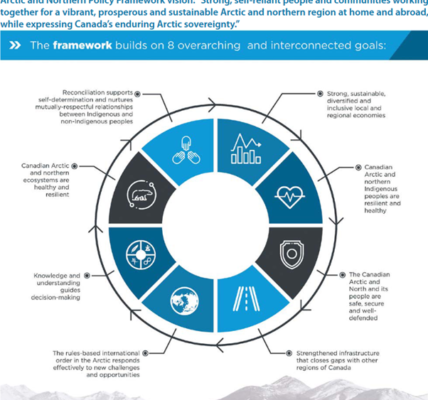

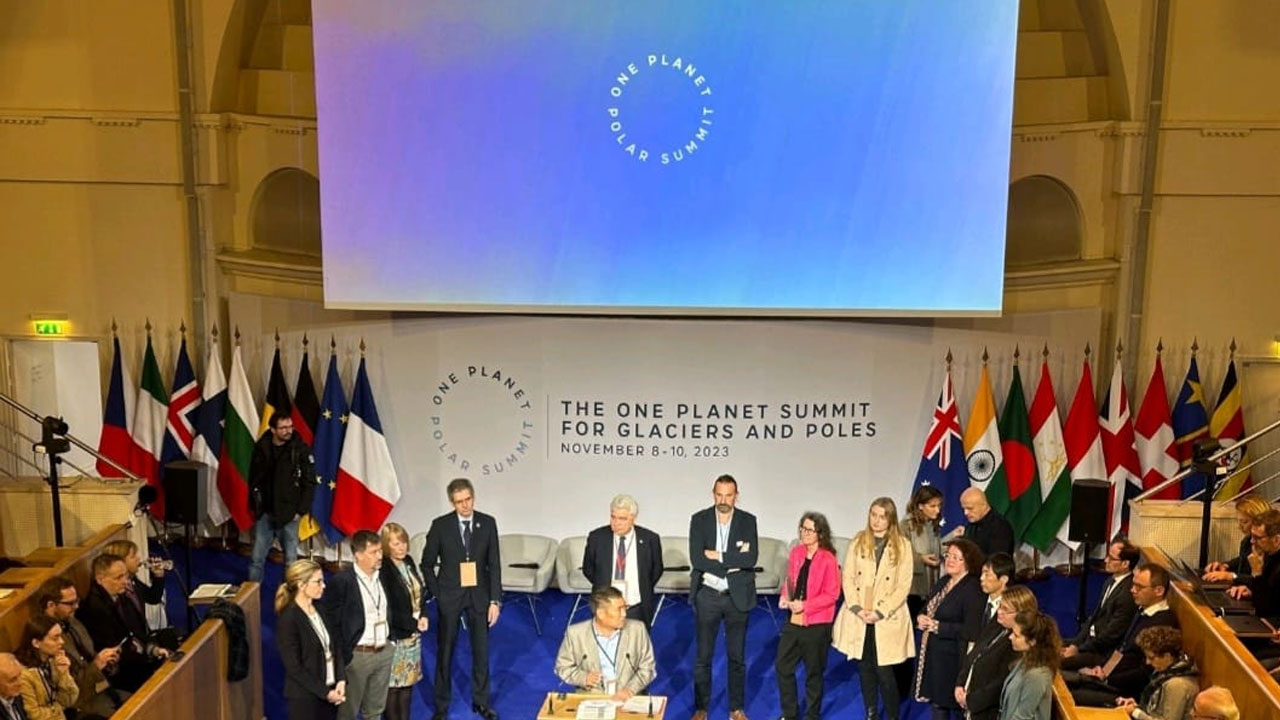


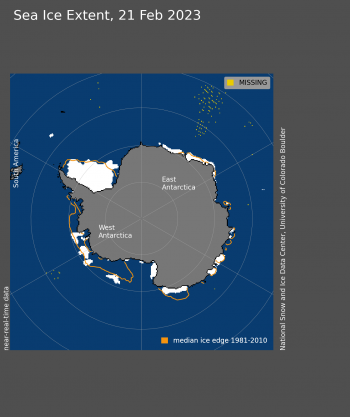









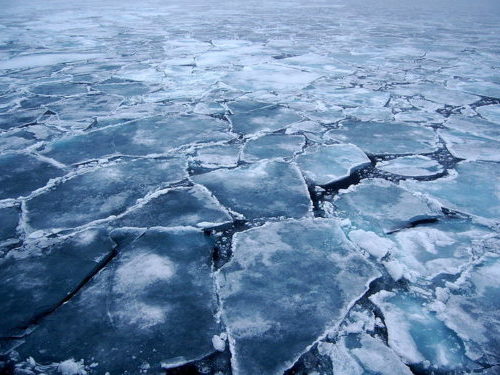





Recent Comments